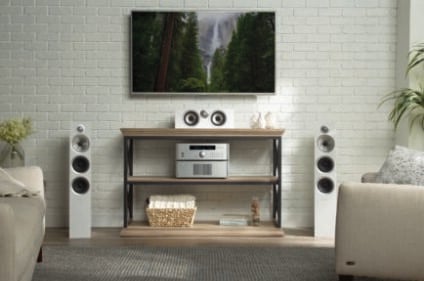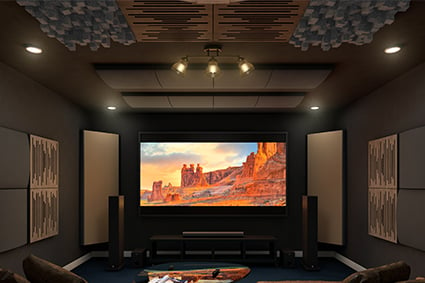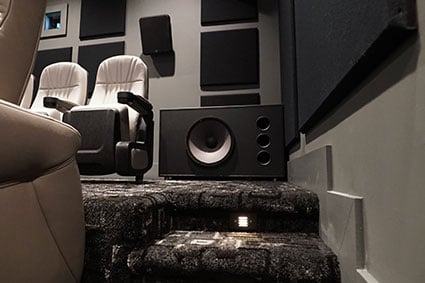Overall Recommendation
If you are ready to make the move to a large 16:9 4K image the VPL-VW325ES offers some of the best tech on the market for the money. For small to mid-sized home theaters and media rooms, it is an outstanding choice. You will be a little limited in ultimate screen size as we do not recommend going above 150” diagonal while 100” to 120” would be ideal.
For those of you stepping up to a full widescreen experience, the VPL-VW715ES gets you all the great new Sony technology for HDR, coupled with their other processing and lens memory for widescreen. We feel this projector is probably the best value in the line for what it offers and it's level of performance. The extra 300lm will enable you to have a larger screen and you just can not beat an immersive widescreen. The quality of the image should make your jaw drop. We do suggest if you go with a bigger screen to get a screen gain of around 1.3 and we can’t think of a better one than the new Stewart G4 StudioTek 130.
If you have the funds for the VPL-VW915ES, the picture it should produce will be just stunning. We love the look of a laser light engine and think it does bring you far closer to real-life than a lamp. With its improved light output, you’ll be able to use a bigger screen as well. We do have the same screen recommendations for the VW915ES. If you go with the VW915ES, you will be grinning ear to ear every time you turn it on!
For those of you with a larger budget who want the sharpest and most detailed picture available under $60,000, the VPL-VW1025ES will be your best choice. With its large glass lens and even higher light output, you will be able to enjoy beautiful images on just about any screen size under around 190” for a 2.40 screen. We do feel if you are stepping up to something like the VW1025, an external Panamorph lens will get you an even better picture and it is worth the investment as the Sony VW1025 is designed to work perfectly with it.
If you purchase one of these from Audio Advice, we will calibrate it when we install it, or, if you purchase it from audioadvice.com, we will email you our setup guide and suggested settings, which will be a great starting point for your setup.
If you are in the early stages of planning your theater, use our free 3D Home Theater Designer to build out your theater. It will show you where to put your seats, speakers, screen, and more. If you are considering upgrading your current projector or have questions, call or chat with us at AudioAdvice.com or swing by one of our Raleigh or Charlotte, NC Showrooms.



































